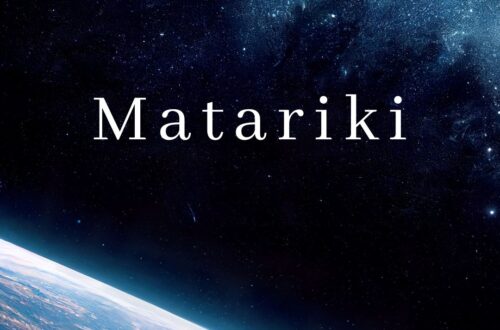
What Is Easter? A Fresh Look at Its Meaning & Sustainable Celebrations.
As the air shifts and the days grow cooler, Easter often feels like a bridge between endings and beginnings. It’s a time of reflection, rebirth, and renewal—not just spiritually, but in the way we live, connect, and celebrate.
But what is Easter, really? Where did it come from, and how can we honour it in ways that align with conscious, sustainable living?
✨ The History of Easter
Easter is the most significant celebration in the Christian calendar. It commemorates the resurrection of Jesus Christ, who, according to the New Testament, was crucified on Good Friday and rose again on Easter Sunday. This event is central to the Christian faith and symbolises hope, renewal, and the triumph of life over death.
The date of Easter changes each year, falling on the first Sunday after the first full moon following the March equinox—usually between 22 March and 25 April.
However, the roots of Easter go even deeper than Christianity. Before these traditions, ancient cultures celebrated the arrival of spring with festivals centred around rebirth, fertility, and the earth’s awakening. The name “Easter” itself may be linked to Ēostre, a pagan goddess of spring and renewal, whose symbols included the hare and eggs—both powerful representations of fertility and new life.
Over time, these customs merged with Christian practices, giving us the Easter we know today, with chocolate eggs, Easter bunnies, and springtime/autumn celebrations.
? Sustainable Ways to Celebrate Easter
As with many holidays, Easter has become increasingly commercialised. But with a bit of creativity and intention, we can celebrate in a way that’s both joyful and kind to the planet.
Here are some simple, sustainable ideas:
- Natural Egg Dyeing: Use turmeric, beetroot, red cabbage, or spinach to naturally dye real eggs or biodegradable wooden ones.
- DIY Easter Baskets: Repurpose jars, woven baskets, or fabric scraps to create reusable gift containers.
- Swap Plastic for Paper: Avoid plastic grass and decorations. Instead, use shredded newspaper, cloth, or handmade paper flowers.
- Mindful Gifting: Instead of store-bought chocolate in plastic packaging, make your own (see recipe below!) or support local makers offering eco-friendly options.
- Plant Something Together: Celebrate new life by planting herbs, flowers, or a tree as a family or community.
- Easter Egg Hunt With a Twist: Use small fabric bags with little notes, seeds, or handmade treats instead of individually wrapped eggs.
? Intuitive Nutrition Dairy-Free Chocolate Bark Recipe
A luxurious treat that’s simple, nourishing, and completely free from dairy, refined sugar, and plastic/metal packaging.
✨ Intuitive Nutrition Dairy-Free Chocolate Bark Recipe
Ingredients:
- 1/2 cup raw cacao powder
- 1/2 cup virgin coconut oil (melted). You can use the deodorised coconut or virgin, which will give the chocolate a coconut flavour.
- 1/4 cup maple syrup or coconut nectar
- 1/2 tsp vanilla extract
- Pinch of sea salt
- Optional: shredded coconut, chopped nuts, or cacao nibs for texture
Method:
- In a bowl, whisk together the melted coconut oil and maple syrup until combined.
- Sift in the cacao powder, add vanilla and sea salt, and stir until smooth.
- Pour into silicone moulds, an ice cube tray, or a lined baking tin.
- Sprinkle with your choice of toppings if using.
- Place in the freezer for 20–30 minutes, or until set.
- Store in the fridge or freezer and enjoy mindfully!
⭐️⭐️⭐️⭐️⭐️ “These are divine! Rich, silky, and just the right amount of sweet. I love that I know exactly what’s in them—pure magic in every bite.”
This Easter, may your celebrations feel more intentional, more connected, and more aligned with the world we wish to protect. ??



